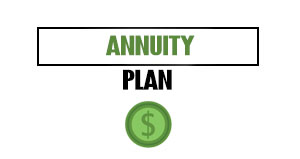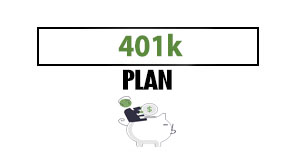You’ve taken a couple of courses or read several books and now you confident enough to get your design career off the ground. Here are some of the best ways for you to get started.
Have a Specialization
If you have a specialization it’s easier for you to narrow down your job search. For example, if you see an ad for a UX web designer, but only have the skills to be a logo designer, then you wouldn’t want to apply for the position. A specialization also makes it more convenient for you to explain your services to prospective clients and justify your rates.
This doesn’t mean you have to limit yourself to only a couple of fields – you can always learn new skills along the way. In fact, being skilled in a number of design fields can open up more job opportunities. It just means instead of being average in multiple design areas, you excel in one or two.
Set Up Your Workplace
Whether you’re working from home or in an office-setting, you’ll be required to have the proper amount of workspace to set up your computer. Depending on your specific area of concentration, some designers also need to have a drafting table. If that’s the case, then converting your walk-in closet into your office may not be ideal.
Besides having the proper amount of space to work, you need to have an area that is conducive to your style and work ethic. If you can only work in a quiet location, then maybe work in your local library or in a room in the back of your house away from the noise. If you like to blast music, then maybe your home office could be in the basement where you’re not disturbing others.
Have the Right Tools
A chef can not prepare an amazing meal without cooking utensils and ingredients, right? The same can be said of graphic designers who need the proper hardware and software to do their job. The most obvious tool that designers need is a computer.
If you’re just starting out, you don’t have to go out and purchase a brand new Apple iMac. You can use what you currently have (as long as it has the adequate amount of RAM, which is around 1Gb) and upgrade to a more efficient machine once you start earning income.
Besides having a computer, you’ll need to have the right software. This will most likely be the Adobe Creative Suite, which is a bit on the pricey side. Fortunately, there are a number of free or open-source alternatives like Gimp, Scribus, Inkscape, and Pixlr that you can use until you can afford the Adobe software.
Build Your Website
You also need to build a website that you can use to showcase your work and have contact information for when a client wants to get in touch with regarding a job. As freelance graphic Brent Galloway states, “Treat yourself like a client and really plan out the content of your website. Build yourself a brand and be consistent with it throughout all of your online accounts. (Photos, backgrounds, bios, etc.).”
To start designing your website, Galloway suggests that you draw a sitemap and describe the purpose of each page, as well as the content that will appear on the various pages. Your website should always contain your photo, the best way to get in touch with you, and samples of your work through a portfolio.
When creating your portfolio, keep the following tips in minds:
- Use thumbnails for each of your projects so that they appear on one page; clients should be able to zoom-in or click for a larger image if they want a closer look.
- Show only the work you’re most proud of. You can even leave out certain parts of a project. For example, you love how the logo appeared on a website, but not how it turned out on a business card.
- Customize portfolio templates from sites like Behance, WIX or WordPress that best fit your needs. However, you’re a designer, so you should be able to build your own amazing portfolio.
- When applicable, show the entire development process from concept sketches to the final result.
- You may need to print out examples of your work, so try to keep your work at 300 dpi.
Write a Killer Resume
Whether you place your resume onto your website, LinkedIn profile, or go old-school and print it out, it should always contain the following components, according to Freelancers Union:
- A simple style, either organized by chronology or skill
- List of your best (recent) work
- A sales pitch about how you can help their brand
- Where you can be found online, such as your website and social media accounts
- Don’t forget work samples; you can provide links to your portfolio or attach thumbnails
- Mention any side or business specialities
- A list of your education
- Testimonials and references of regular clients with names and email addresses
- Make your resume stand out by adding some humor or including a neat design




